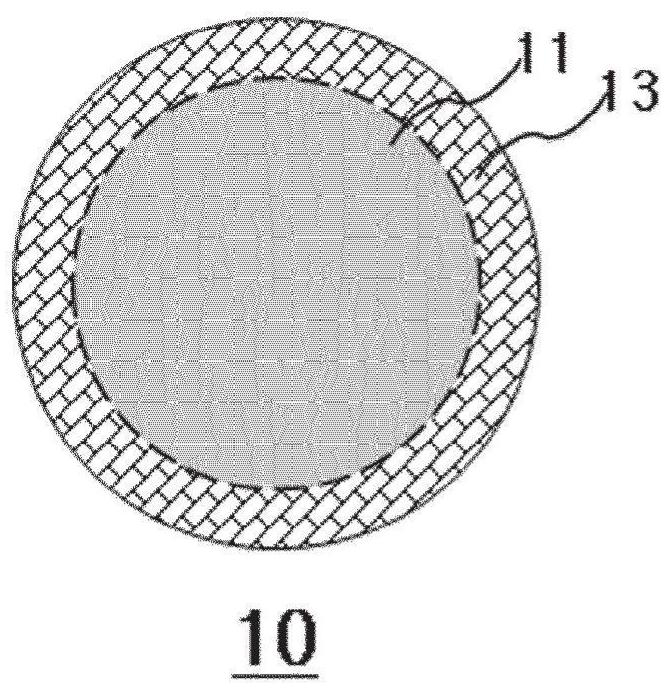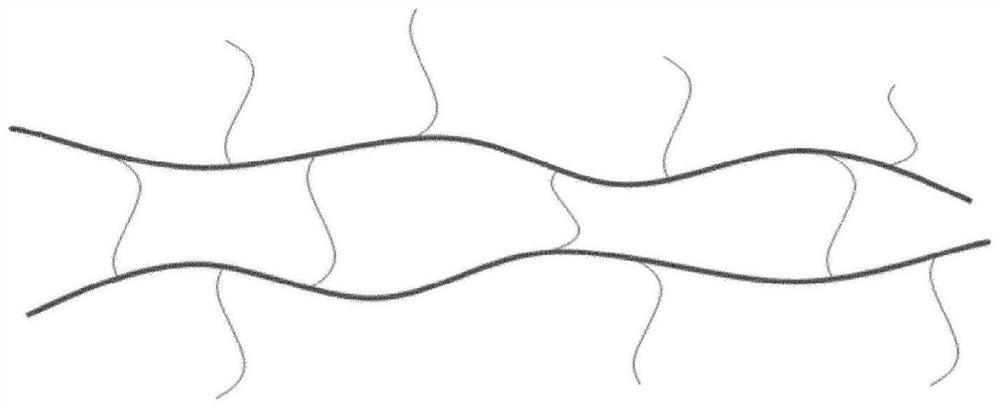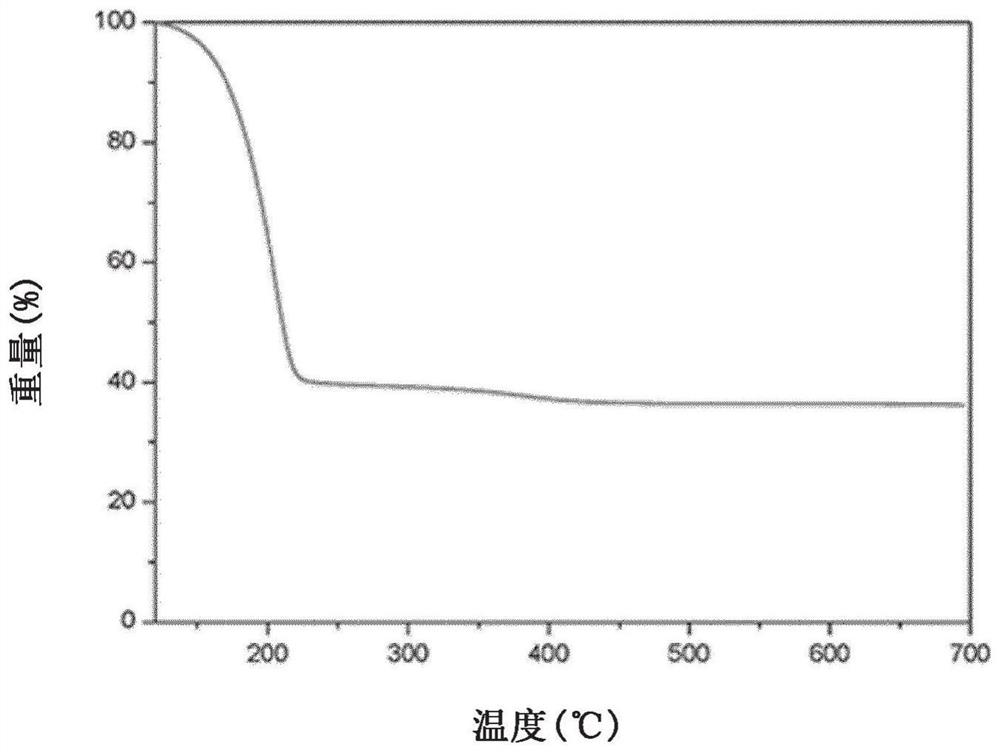Positive electrode active material for lithium-sulfur battery, method for preparing same, and lithium-sulfur battery comprising same
A positive electrode active material, lithium-sulfur battery technology, applied in battery electrodes, lithium batteries, active material electrodes, etc., can solve the problems of limited sulfur loading, complicated methods, and insufficient effects, and achieve high energy density, high capacity, The effect of maximizing capacity performance
- Summary
- Abstract
- Description
- Claims
- Application Information
AI Technical Summary
Problems solved by technology
Method used
Image
Examples
Embodiment
[0164] Hereinafter, in order to facilitate understanding of the present invention, preferred examples of the present invention will be described. However, it will be apparent to those skilled in the art that the following examples are only for illustrating the present invention and that various changes and modifications can be made within the scope and spirit of the present invention and that such changes and modifications are set forth in the appended claims within the scope of the book.
preparation example 1
[0166] Preparation Example 1 Preparation of Polythiophene Acetic Acid
[0167] 10 g of 3-thiopheneacetic acid, 50 ml of distilled methanol and 0.1 ml of sulfuric acid were added to a two-necked round-bottomed flask, and stirred at 80 °C for 24 hours, then the methanol was removed in vacuo, and the resultant was dissolved in diethyl ether and extracted with distilled water 3 Second-rate. Magnesium sulfate was added to the diethyl ether layer to remove moisture and filtered to prepare liquid methyl thiophene acetate.
[0168] After dissolving 2 ml of methyl thiopheneacetate in 5 ml of chloroform, 8.7 g of ferric chloride (FeCl 3 ), and the resultant was dissolved in 48 ml of chloroform, and stirred at 0° C. for 24 hours to obtain poly(thiophene methyl acetate).
[0169] Methyl thiopheneacetate was added to a 2M aqueous sodium hydroxide solution and stirred at 100°C for 24 hours to obtain poly(sodium thiopheneacetate).
[0170] 1 M hydrochloric acid was added to sodium polyt...
preparation example 2
[0171] Preparation Example 2 Preparation of Polythiophene Acetic Acid-Polyethylene Glycol Graft Copolymer
[0172] After dissolving 0.5 g of polythiopheneacetic acid of Preparation Example 1 in 45 ml of dimethylformamide as a solvent, 2.8 g of polyethylene glycol (M n =400) to prepare a mixed solution. At this time, the obtained reactant was precipitated in water to obtain pure polythiopheneacetic acid-polyethylene glycol graft copolymer (M w =20000), and according to Formula 1 of the present invention, n is 0.7.
[0173] Examples and Comparative Examples
PUM
| Property | Measurement | Unit |
|---|---|---|
| electrical conductivity | aaaaa | aaaaa |
| diameter | aaaaa | aaaaa |
| thickness | aaaaa | aaaaa |
Abstract
Description
Claims
Application Information
 Login to View More
Login to View More - R&D
- Intellectual Property
- Life Sciences
- Materials
- Tech Scout
- Unparalleled Data Quality
- Higher Quality Content
- 60% Fewer Hallucinations
Browse by: Latest US Patents, China's latest patents, Technical Efficacy Thesaurus, Application Domain, Technology Topic, Popular Technical Reports.
© 2025 PatSnap. All rights reserved.Legal|Privacy policy|Modern Slavery Act Transparency Statement|Sitemap|About US| Contact US: help@patsnap.com



